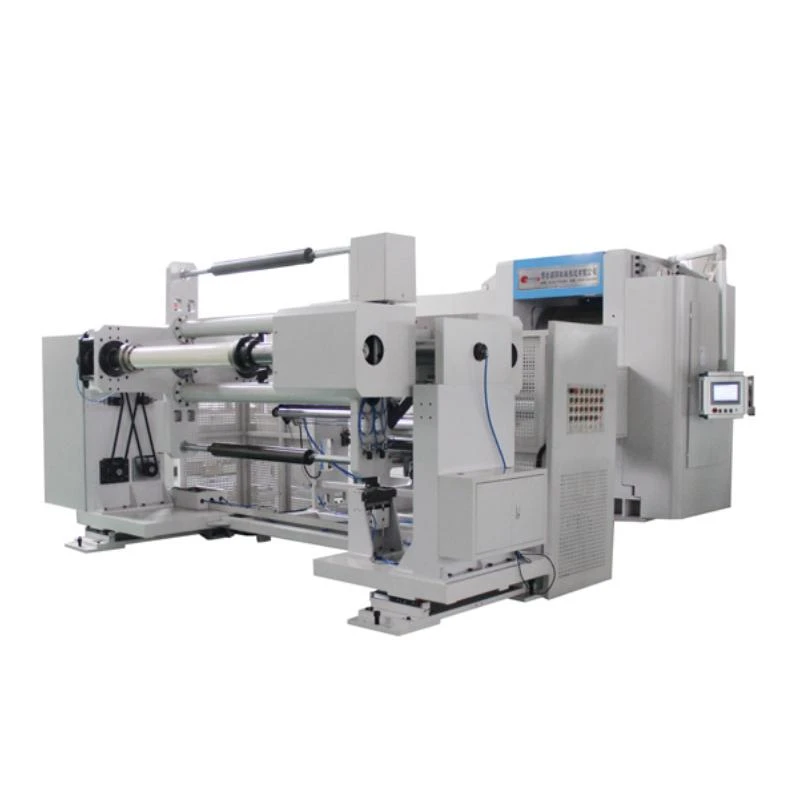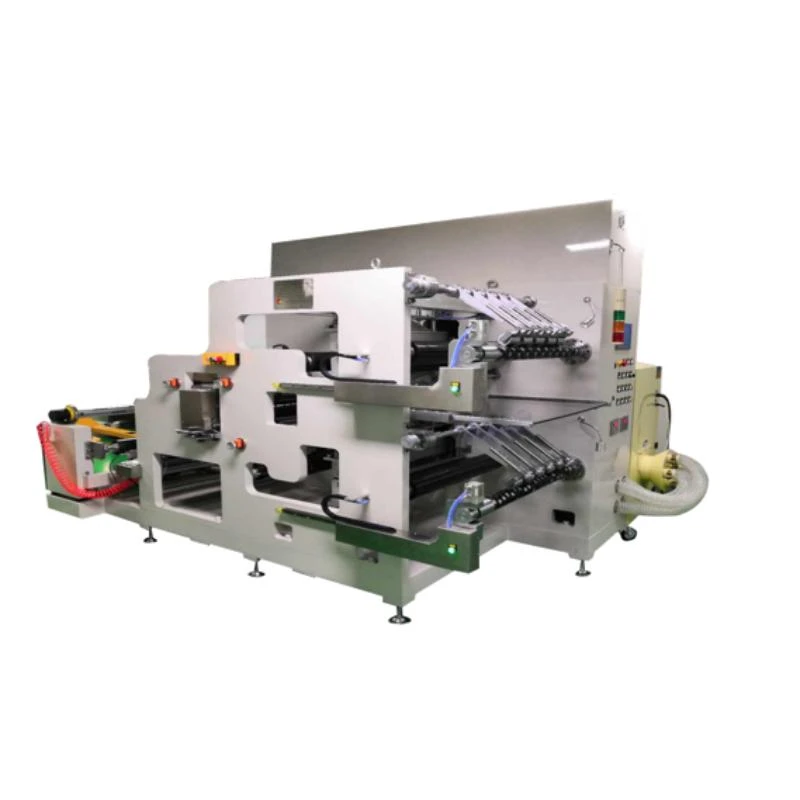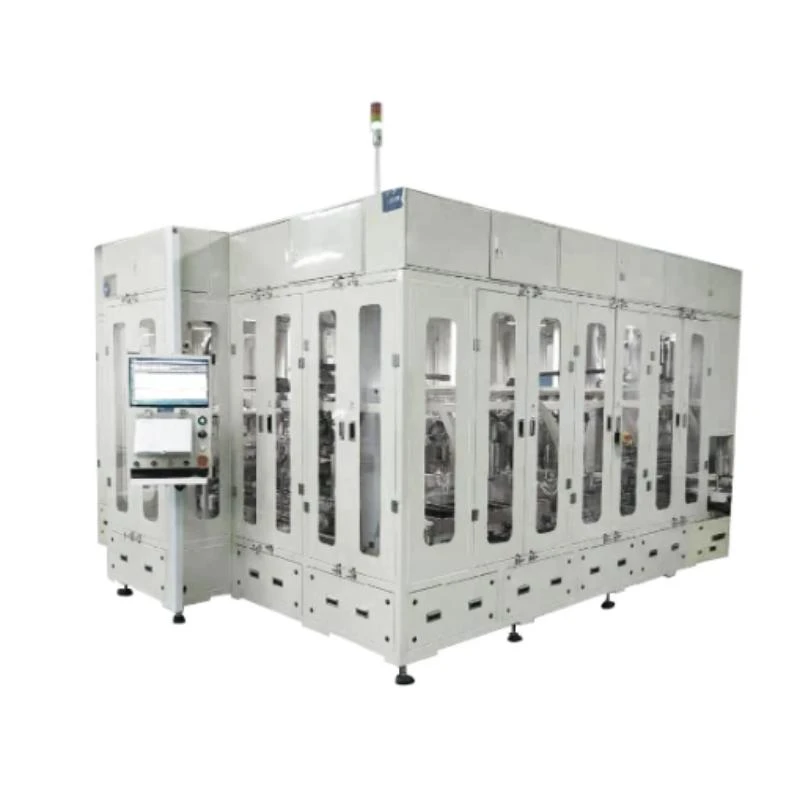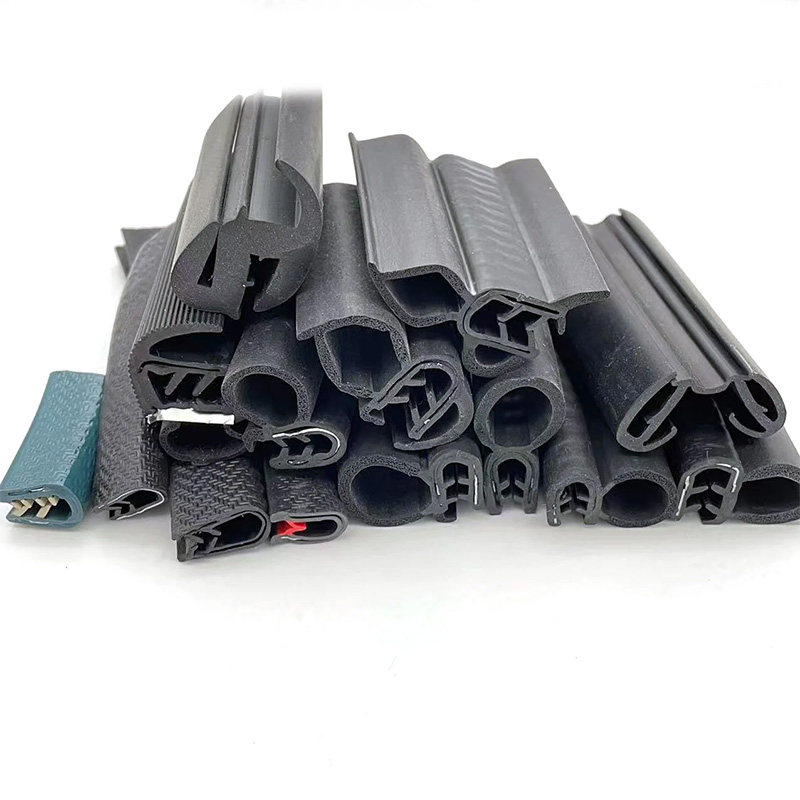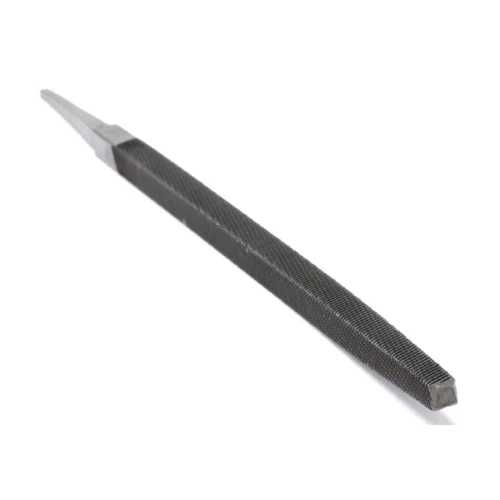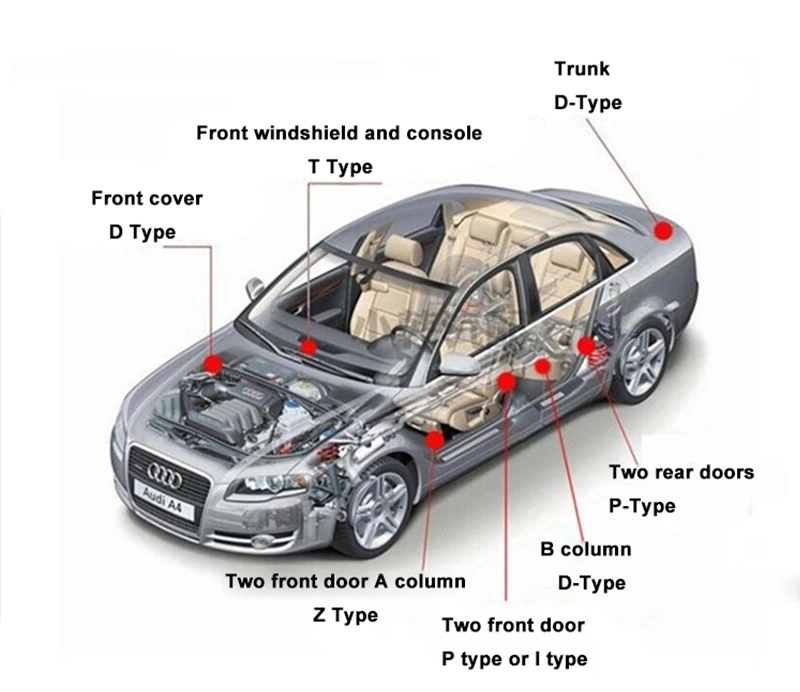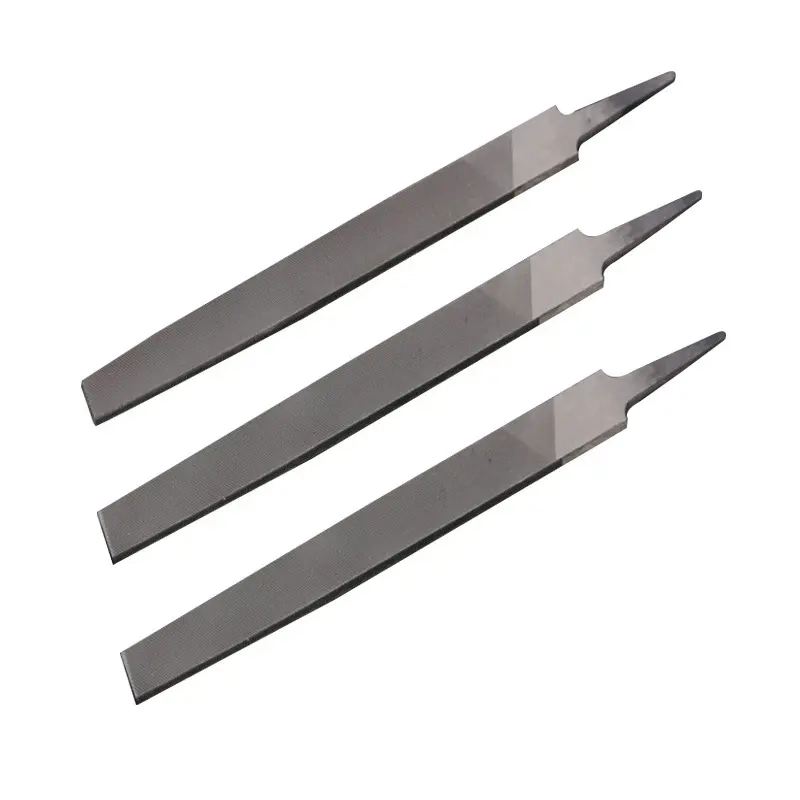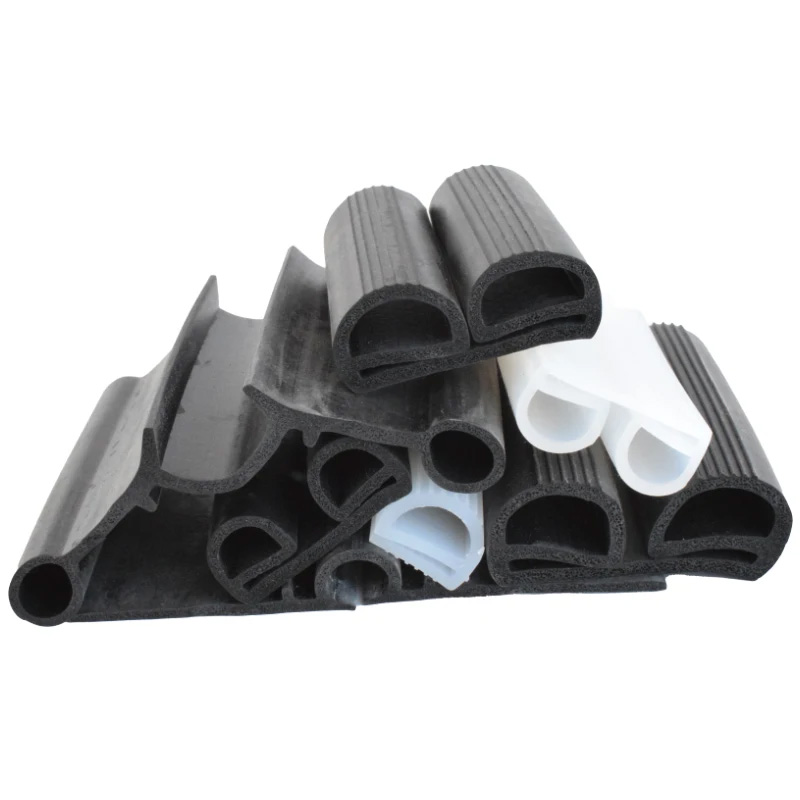Major Obstacles to Automating a Car Battery Assembly Line
As the electric vehicle (EV) market booms, the demand for efficient, high-quality battery production has never been higher. Automating the car battery assembly line—including specialized ev battery assembly line setups—promises faster production, consistent quality, and reduced labor costs. However, this transition comes with unique challenges, from handling delicate components to integrating complex systems. Xingtai Shuoding Trading Co., Ltd., established in September 2023, is part of a group with five factories producing lithium battery production line equipment, supporting the automation needs of car battery production line operators worldwide. With 18 employees, including 9 experienced project managers, the company connects global importers and exporters to reliable machinery, aiding in overcoming these automation hurdles. Navigating the complexities of automating these lines requires addressing technical, operational, and logistical challenges head-on.
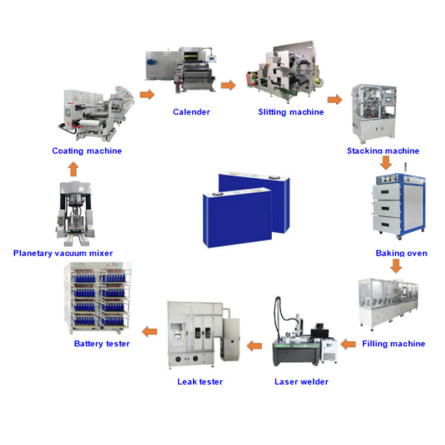
Handling Delicate Components in Car Battery Assembly Line
- Precision in Cell Placement: Car battery assembly line automation must handle individual battery cells—small, fragile, and sensitive to physical stress. Robots tasked with placing cells into modules need micron-level accuracy to avoid damaging electrodes or casings. Even minor misalignment can lead to poor electrical contact or short circuits in the final battery pack.
- Managing Flexible Materials: Components like separators, wires, and thermal management films are often thin and flexible. Automating their placement in ev battery assembly linesetups requires advanced grippers and sensors to prevent tearing, folding, or mispositioning. Traditional rigid robotic arms struggle here, demanding specialized end-effectors that mimic human dexterity.
- Avoiding Contamination: Car battery production lineenvironments must be clean to prevent dust, moisture, or debris from compromising battery performance. Automated systems, from conveyor belts to robotic arms, must be designed with sealed components and easy-to-clean surfaces. Any contamination introduced during automation can lead to costly defects or safety risks.
Integrating Systems in Ev Battery Assembly Line
- Syncing Multiple Processes: An ev battery assembly lineinvolves dozens of steps—from cell sorting and module welding to pack sealing and testing. Automating these requires seamless integration between robots, conveyors, and inspection systems. A delay in one process can disrupt the entire line, making real-time communication between machines critical.
- Adapting to Design Changes: Car battery designs evolve rapidly, with new chemistries, form factors, and pack configurations emerging regularly. Automated car battery assembly linesystems must be flexible enough to reconfigure for new models. This adaptability often comes with higher costs, as custom tooling or reprogramming is needed to accommodate changes.
- Data Flow and Traceability: Modern car battery production lineautomation relies on data to track quality and performance. Integrating sensors that log cell temperatures, weld strength, and alignment data requires robust software systems. Ensuring this data flows smoothly from machines to central databases—while maintaining cybersecurity—adds another layer of complexity.
Cost and ROI in Automating Car Battery Production Line
|
Cost Factor |
Challenge |
Potential Solution |
|
Initial Investment |
High upfront costs for robots, sensors, and software |
Phased automation (starting with repetitive tasks) |
|
Maintenance and Repairs |
Specialized skills needed to fix complex automated systems |
Training programs for technicians; remote diagnostics |
|
Energy Consumption |
Automated lines use more power than manual processes |
Energy-efficient machinery; smart power management |
|
Downtime During Transition |
Production pauses while installing or debugging automated systems |
Offline testing before full deployment |
Balancing these costs with long-term savings—like reduced labor expenses and fewer defects—is key to justifying automation in ev battery assembly line operations.
Safety and Compliance in Automated Car Battery Assembly Line
- Protecting Workers from Robots: Collaborative robots (cobots) in car battery assembly linesetups work alongside humans, requiring safety features like force sensors and emergency stops. Ensuring these systems don’t malfunction—even during power fluctuations—is essential to prevent injuries.
- Meeting Industry Standards: Ev battery assembly lineautomation must comply with strict regulations, such as UN38.3 for battery transport and IEC standards for electrical safety. Automated processes, from welding parameters to testing protocols, must be validated to meet these standards, adding time to the automation timeline.
- Fire and Explosion Risks: Lithium-ion batteries are flammable, so automated systems in car battery production lineenvironments must include fire suppression, ventilation, and thermal monitoring. Designing robots that can operate safely near potentially hazardous materials requires specialized engineering.
Car Battery Assembly Line FAQS
How Long Does It Take to Automate an Entire Car Battery Assembly Line?
A full car battery assembly line automation project typically takes 12–18 months, including design, installation, and testing. Phased approaches can shorten this timeline, with initial automation of tasks like cell stacking taking 3–6 months.
Can Small-Scale Car Battery Production Line Benefit from Automation?
Yes, but on a smaller scale. Smaller car battery production line operations can automate key tasks like labeling or inspection without fully robotic lines. This hybrid approach balances cost and efficiency, making automation accessible.
What Skills Are Needed to Operate an Automated Ev Battery Assembly Line?
Operators need training in robotics programming, data analysis, and basic troubleshooting. Ev battery assembly line automation also requires engineers with expertise in mechatronics and software integration to maintain optimal performance.
How Does Automation Affect Quality in Car Battery Production Line?
Automation improves quality in car battery production line by reducing human error. Consistent robot movements ensure uniform welds, precise cell alignment, and accurate testing—leading to fewer defective batteries and higher customer satisfaction.
Where Can I Find Reliable Automation Solutions for Car Battery Assembly Line?
Xingtai Shuoding Trading Co., Ltd., through its group’s factories, offers automation equipment for car battery assembly line and ev battery assembly line setups. Their expertise in lithium battery production machinery helps streamline the automation process, from initial design to deployment. Visit their website to explore tailored solutions for your production needs.
Share
-
Lithium Battery Welding Machine | High-Precision, Fast, SafeNewsNov.17,2025
-
Aluminium Guide Roller | Anodized, Lightweight, Low-NoiseNewsNov.17,2025
-
Tofu Cat Litter Bulk – Eco, Low-Dust, Fast Clumping SupplyNewsNov.17,2025
-
Equipment for Lithium Cell Assembly | Automated & PreciseNewsNov.10,2025
-
Square File Tool – Precision Cut, Hardened Steel, VersatileNewsNov.10,2025
-
Lithium Ion Battery Assembly Machine | Automated, High-SpeedNewsNov.10,2025
